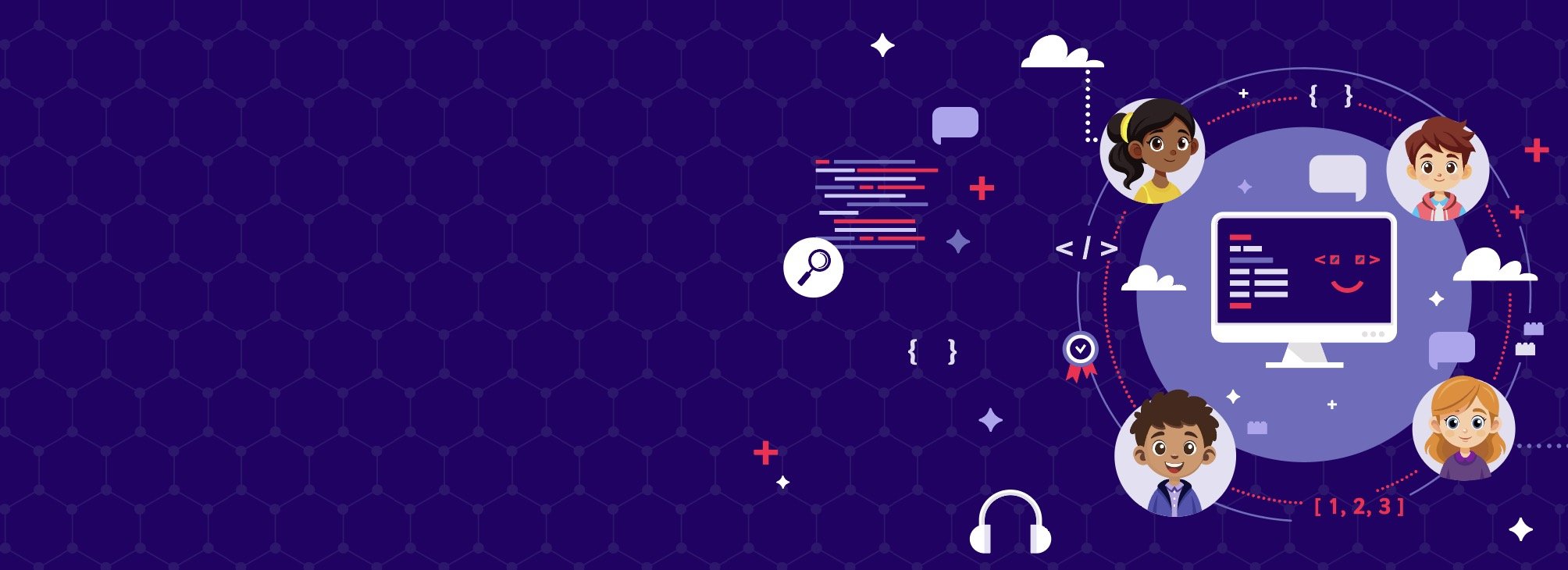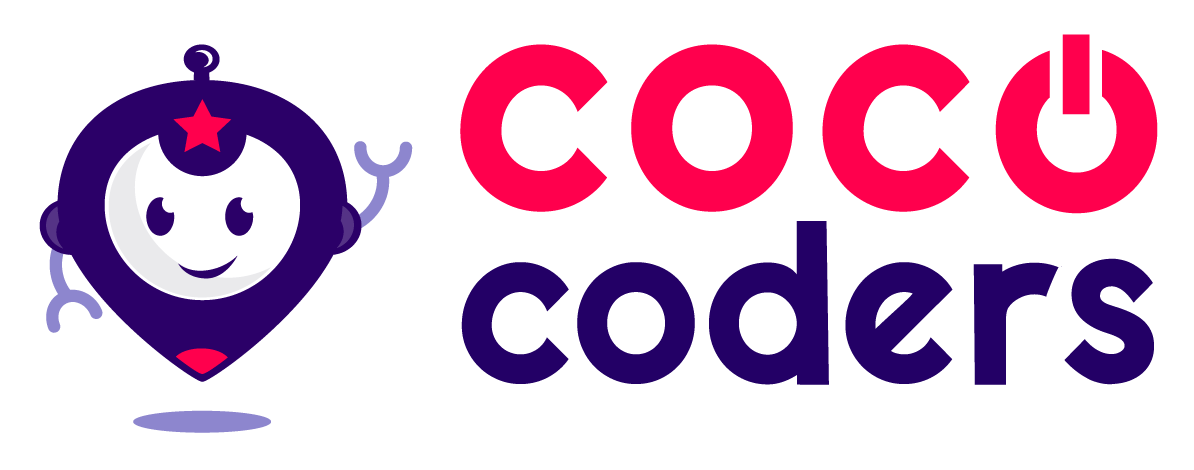
Our Students_
Our curriculum takes children aged 6-14 on a coding learning journey that helps to make them future-ready
We tailor our coding curriculum to suit the age, ability, and curiosity of our students. Every child creates a brand-new game every four weeks, building real programming skills through playful, purposeful projects. Here's what they can expect at each stage:
Ages 6-9: Learning Scratch
Our youngest coders start with Scratch, a colourful drag-and-drop coding language designed by MIT for children. Scratch helps kids grasp the building blocks of coding—like loops, conditionals, and events—without needing to type a single line.
Why Scratch?
It’s intuitive, visual, and perfect for imaginative minds. Kids get instant results as they snap code blocks together to bring characters, animations, and stories to life.
What they'll create:
Expect a parade of original games, interactive adventures, and creative animations. Whether it’s a space race, a maze challenge, or a talking pet simulator, every four weeks brings a brand-new project.
Ages 10-12: Learning Python
As confidence grows, students move on to Python, one of the most popular programming languages in the world. Python is widely used in everything from apps to AI—and it’s known for being readable and beginner-friendly.
Why Python?
It teaches kids how to think like real developers—using logic, structure, and problem-solving—while still being accessible for beginners. It’s a fantastic foundation for future learning.
What they'll create:
From platform games to chatbot challenges, students build playable projects every four weeks. They'll also begin to use text-based code, typing their own functions and seeing their skills evolve quickly.
Ages 13+: JavaScript and Beyond
For our older students, we introduce JavaScript, the coding language behind most of the websites and apps you use every day. JavaScript is a vital stepping stone toward more career-focused coding, including web development and machine learning.
Why JavaScript?
It bridges the gap between creative coding and real-world technology. JavaScript lets students build games now—and websites, tools, and intelligent applications in the future.
What they'll create:
Students continue the rhythm of building a new game every four weeks, but now they also learn to code in a web-based environment. They’ll start to understand how HTML, CSS, and JavaScript work together—preparing them for advanced projects like interactive web pages, browser games, and even early AI experiments.



